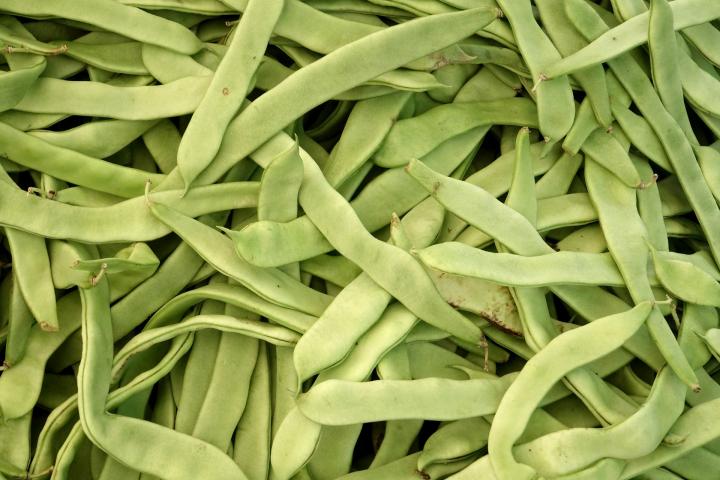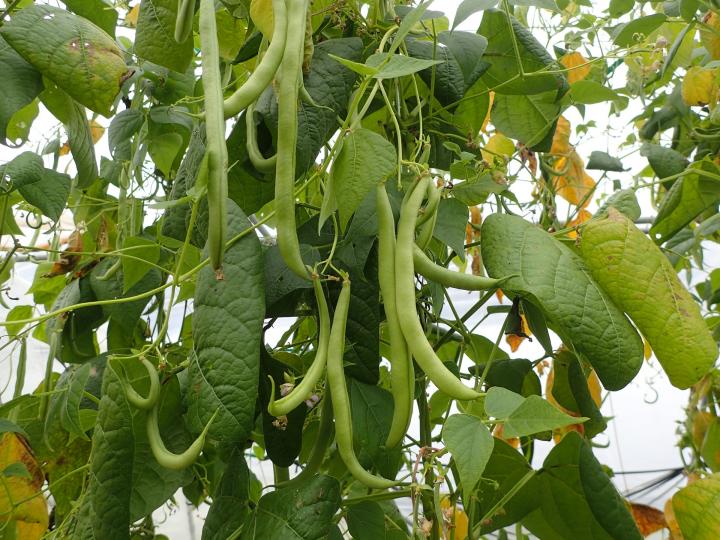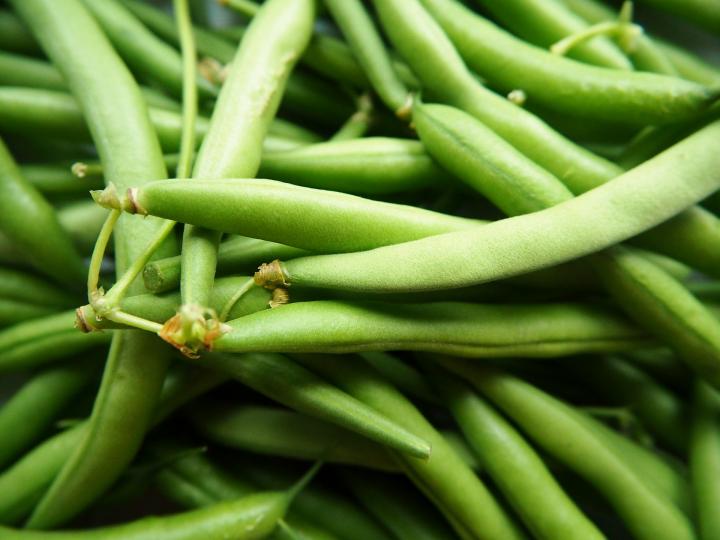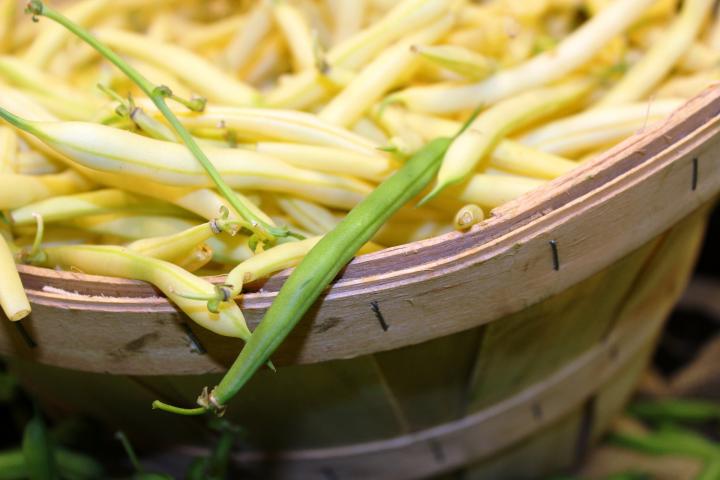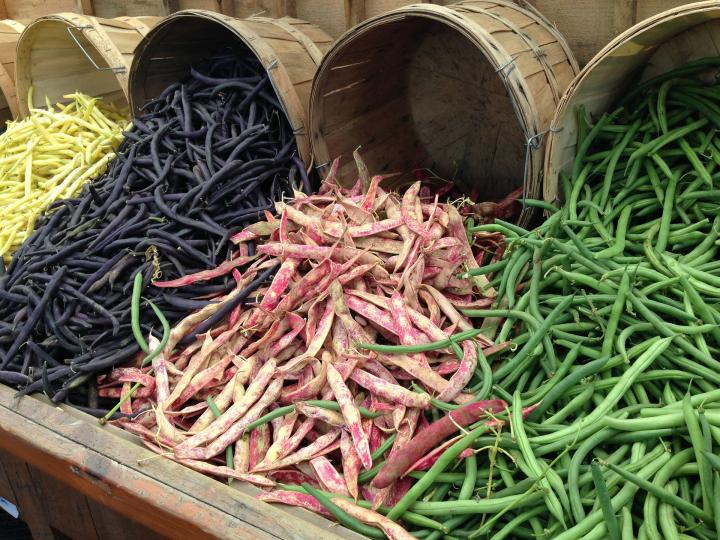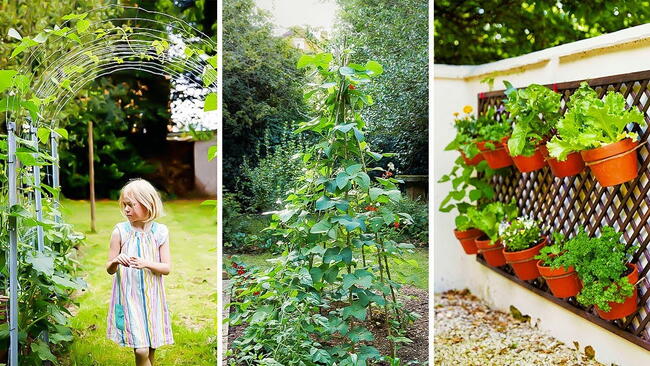
Favorite Varieties of Green Beans
ADVERTISEMENT
Derby variety of bush green beans is the best! Not stringy, excellent flavor and don't get pithy as they get bigger. They can well too.
My aunt (who put in a 1-acre garden every year to feed her 6 kids) always planted Top Crop green beans. Unlike the author's assertion that green beans are only good for one bearing, these re-bloomed and bore crops all summer. When she had enough jars of green beans canned and put away to get them through the winter, and they were flat-out tired of fresh green beans for every meal, she would let them go to seed, and harvest the seed for delicious shell beans, which she blanched and froze. Only after they went to seed - or a frost got them - would they stop bearing.
I'm wondering how much to water my blue lake seeds before they sprout. I put them in raised beds a couple weeks ago and not 1 of them has sprouted yet. I read that they don't like moist soil before they sprout, so my waterings have been pretty sparse (about once a week so the soil doesn't completely dry out). The snap peas that I planted at the same time just started coming up this week, but I don't see any activity from the beans. I'm in zone 7, if that makes a difference. Help!
I am also in Zone 7 and Blue Lake beans that are planted from seed that have not been dusted in Captan fungicide always have problems growing in constantly damp soil. In addition damping off fungus seems to strike Blue Lakes quickly. Every critter known to man in the soil and above will eat these sprouts during the night. Caprice haricot type bean does great in Zone 7 with disease resistance good for multiple pickings. I grow Esmerado as a flat pole bean (Delicious tasting 10 inch beans) but you need poles or fencing to support the 10 ft tall vines.
My deceased husband used to plant red speckled beans, bush type, that I loved in soups, etc. I am not sure what kind they were just bush type.
I have read reports on soy that studies have shown a strong connection of soy (all types of soy) to have a strong relationship to Alzheimer's disease. The study is not complete but they scientists states the relationship was so strong, they felt everyone should know about it. I no longer touch anyting with soy in it, and that includes lots of grocery items.
So, you plant soybeans around May... and they are ok growing until July or August? Any other tips on how to grow soybeans?
About the only thing that bothers them in my garden are the Japanese beetles. They can skeletonize a leaf in nothin' flat! For more info on growing soybeans look at the Almanac's Growing Edamame page. It will give you all you need to know about growing and enjoying fresh soybeans.
This is my first summer planting! My green beans are thriving! I just picked my first batch today, they are VERY sticky. I took them in and rinsed them, planning to eat tonight. Is the stickiness normal, or did I harvest them too early??
Some varieties of beans have a slightly hairy or velvety feel and the leaves will sometimes stick to your clothes like velcro. High heat and humidity can make this feel more pronounced. Could that be the stickiness you are experiencing? There is nothing wrong with your beans and you can pick them at any stage you like. I find that the earlier the better for tender beans.


